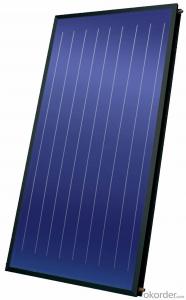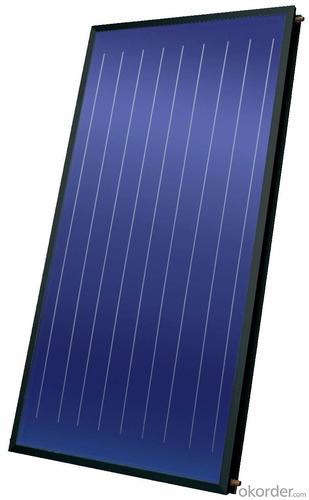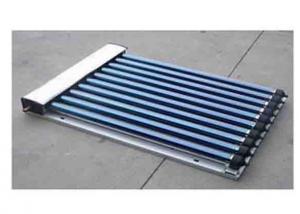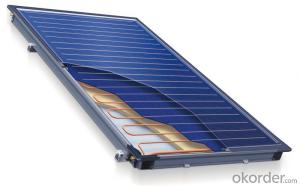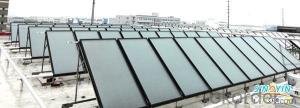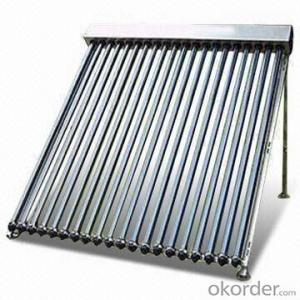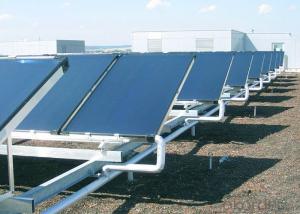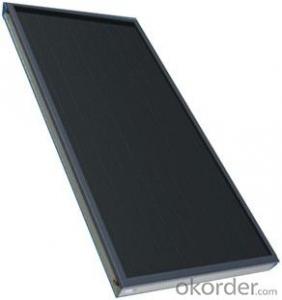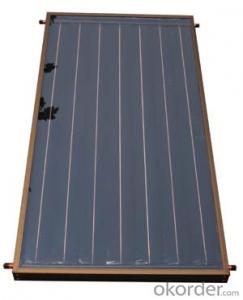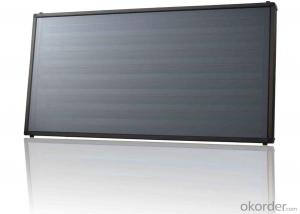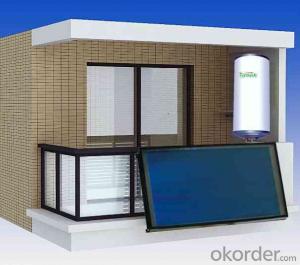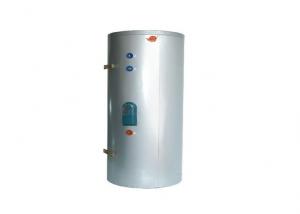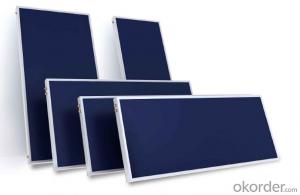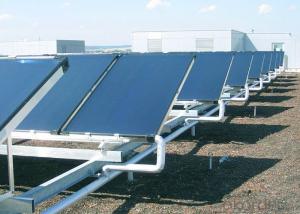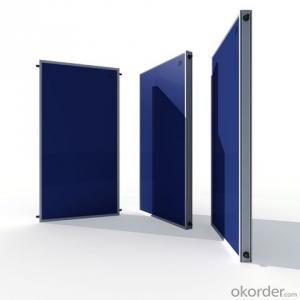Kbb Solar Collectors Solar Boiler Solar Thermal Collector Manifold
- Loading Port:
- Shanghai
- Payment Terms:
- TT OR LC
- Min Order Qty:
- 500 pc
- Supply Capability:
- 10000 pc/month
OKorder Service Pledge
OKorder Financial Service
You Might Also Like
Technical
Following the guidance of customers' requirement, and with continuous technology innovation, we become the stable supplier of the main heat pump factories in Guangdong Province and some international brands.
Certificate
Our high quality and reliable products, which are attractive and durable, have met with European Standards of Solar Key mark, CE and PED certificates. Further more, all the materials of our products are in line with the requirements of European WEEE and ROSH.
Environmental
Our products are widely used with alternative energy, such as Solar water heater, heat pump, air conditioner(heat recovery), which would help to reduce not only carbon emissions, but also energy bills.
1. Advanced welding technology on the solar water heater system:
_____________________________________________________________________
As the core technology of unvented stainless steel cylinder, we are committed to proving the world class quality welding:
1. Butt welding is a new step technology for the ends and the body of inner tank, which can provide better anticorrosion function. Traditional lap welding may cause crevices and weld oxide which will reduce the corrosion resistance of stainless steel.
2. Automatic welding machine for the connector welding and heat exchange coil is also very important for the lifetime of unvented cylinder. More and more welding robots are introduced in our production line to provide high quality technology.
3. Well organized workshops and anti-dust welding environment is essential for good quality weldment.
Butt welding with 100% backing gas protection for solar water heater tank
1).CE, CCC, ISO9001, ROHS, Solar Keymark, approved
2).Germany bluetec eta absorber:
Available for rooftop, roof integration, freestanding, façade large-scale installation.
Solar Water Geyser
High efficiency: Bluetec absorber with highly selective vacuum coating, together with maximum light
transmission low-iron safety glass, achieving 95% absorption and 5% emission.
Long service life(25 years) with low emittance and good corrosion resistance, long-term durability.
4.0mm low-iron solar glass with max. Light transmission, which is meet to the European requirement.
Permanently sealed and high stability through all-round folded aluminum frame and seamless pane seal.
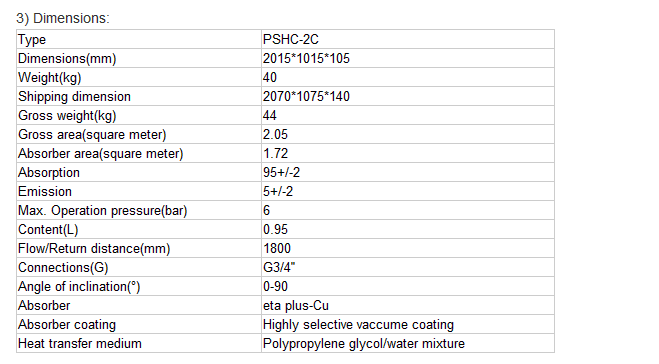
- Q: Can solar collectors be used for heating barns?
- Yes, solar collectors can be used for heating barns. Solar collectors, such as solar water heaters or air heaters, can capture and convert sunlight into heat energy, which can then be used to warm the air or water in barns. This can provide a cost-effective and sustainable alternative to traditional heating methods for barns.
- Q: Are solar collectors suitable for office complexes?
- Solar collectors are indeed appropriate for office complexes due to their compatibility with large roof surfaces commonly found in such buildings. By harnessing sunlight and converting it into electricity, solar collectors, including solar panels, can generate renewable energy, thereby reducing the dependence on grid-based electricity and lowering energy costs for office complexes. Furthermore, integrating solar collectors into the architectural design of office buildings adds aesthetic value and demonstrates a commitment to sustainability. This aligns with the growing trend of green buildings and sustainable practices in the corporate world. Moreover, the installation of solar collectors in office complexes plays a crucial role in reducing carbon emissions and mitigating the environmental impact of these buildings. Ultimately, solar collectors offer both economic and environmental advantages, making them a suitable and beneficial option for office complexes.
- Q: Can solar collectors be used in areas with limited access to support organizations?
- Yes, solar collectors can be used in areas with limited access to support organizations. Solar collectors are self-contained systems that do not require constant maintenance or support from external organizations. They can be installed in remote locations and operate independently, providing renewable energy even in areas with limited infrastructure or support services.
- Q: Can solar collectors be used for heating educational institutions?
- Yes, solar collectors can be used for heating educational institutions. Solar thermal systems can be installed to collect and harness the sun's energy for space heating and hot water needs in schools and universities. This renewable energy source can help reduce greenhouse gas emissions and energy costs, making educational institutions more sustainable and environmentally friendly.
- Q: Can solar collectors be used for heating warehouses and storage facilities?
- Yes, solar collectors can definitely be used for heating warehouses and storage facilities. Solar collectors, also known as solar thermal systems, can capture the sun's energy and convert it into heat. This heat can then be used to provide hot water or space heating for various applications, including warehouses and storage facilities. By utilizing solar collectors, these facilities can reduce their reliance on traditional heating systems, lower energy costs, and contribute to a more sustainable and environmentally friendly approach to heating.
- Q: Can solar collectors be used to heat swimming pools?
- Yes, solar collectors can be used to heat swimming pools. Solar collectors, such as solar panels or solar thermal systems, can absorb sunlight and convert it into heat energy, which can then be transferred to the swimming pool water through a circulation system. This helps to raise the temperature of the pool water, making it more comfortable for swimming and extending the swimming season without relying on traditional heating methods.
- Q: Can solar collectors be used in areas with limited access to information?
- Yes, solar collectors can be used in areas with limited access to information. The design and installation of solar collectors can be relatively simple, making them accessible to communities with limited access to information. Additionally, solar energy is a renewable and sustainable source of power, which can help in areas with limited access to traditional energy sources.
- Q: Can solar collectors be used for heating homes?
- Yes, solar collectors can be used for heating homes.
- Q: How do solar collectors impact biodiversity?
- Solar collectors, such as solar panels or solar thermal systems, have a relatively low impact on biodiversity compared to other forms of energy generation. While it is true that the installation of solar collectors may disrupt the local ecosystem temporarily, the long-term benefits they provide to the environment outweigh these short-term disturbances. One of the major advantages of solar collectors is that they produce clean and renewable energy, reducing the reliance on fossil fuels that contribute to air pollution and climate change. By replacing traditional energy sources, solar collectors help mitigate the release of greenhouse gases, thus benefiting biodiversity in the long run. Additionally, solar collectors have a minimal footprint and can be installed on various locations like rooftops, deserts, or brownfields, without requiring large areas of land. This means that they can coexist with existing habitats, rather than causing deforestation or destruction of natural habitats. Moreover, solar collectors do not produce any noise, air, or water pollution during their operation, which limits their negative impact on local fauna and flora. The absence of harmful emissions, such as sulfur dioxide or nitrogen oxide, contributes to the overall improvement of air quality, benefiting both humans and wildlife. It is worth noting that solar collectors can also provide additional positive impacts on biodiversity. For example, solar farms can be designed to create suitable habitats for certain species, such as pollinators or birds, by incorporating native plants or providing nesting opportunities. This can help promote biodiversity and restore ecosystems in areas where they are installed. In conclusion, while there may be some short-term disruptions during installation, solar collectors have a minimal impact on biodiversity compared to other energy generation methods. The long-term benefits they provide, such as reduced greenhouse gas emissions and improved air quality, outweigh any temporary disturbances they may cause. Additionally, solar collectors can even contribute to the enhancement of local biodiversity by creating suitable habitats for certain species.
- Q: Can solar collectors be used in street lighting?
- Yes, solar collectors can be used in street lighting. Solar street lights are becoming increasingly popular as they harness the energy from the sun to power the lights. These collectors absorb sunlight during the day, converting it into electricity, which is stored in batteries. The stored energy is then used to illuminate the street lights at night, making them an efficient and environmentally friendly option for street lighting.
Send your message to us
Kbb Solar Collectors Solar Boiler Solar Thermal Collector Manifold
- Loading Port:
- Shanghai
- Payment Terms:
- TT OR LC
- Min Order Qty:
- 500 pc
- Supply Capability:
- 10000 pc/month
OKorder Service Pledge
OKorder Financial Service
Similar products
Hot products
Hot Searches
Related keywords
